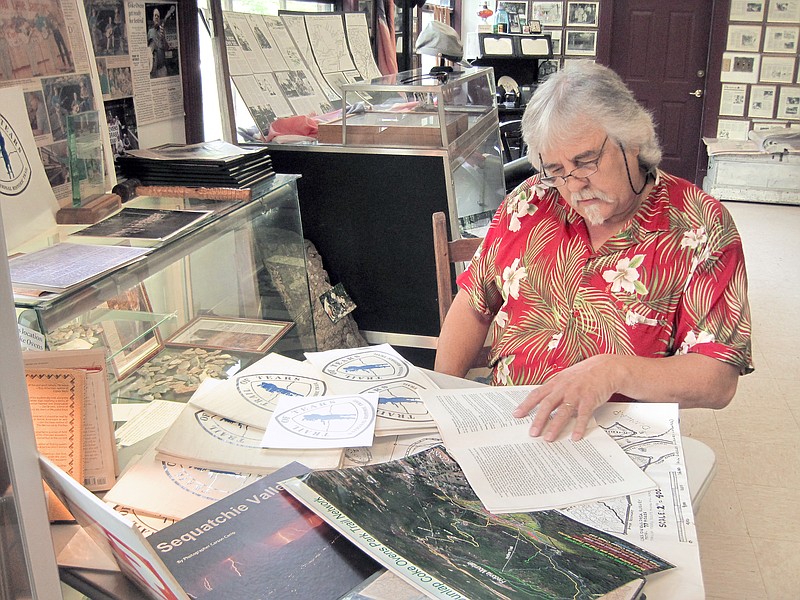DUNLAP, Tenn. - A journal by the Rev. Daniel S. Butrick covering the period from May 1838 to April 1839 documents the long journey made by Cherokee Indians from the Chattanooga area to Oklahoma.
It tells the story of how 1,029 people in 60 wagons traveled rough terrain and the obstacles they encountered.
"Supposedly, this is the only daily journal" of the Trail of Tears, said Carson Camp, a local historian who volunteers at the Dunlap Coke Ovens Park and Museum. "This is the only transcript of that [trip]. He was a missionary."
An old mill road the Indians took through the Sequatchie Valley still exists today and has been certified by the National Park Service as part of the Trail of Tears.
The road was documented a few years ago, but a pine beetle infestation killed hundreds of trees and the trail was closed by the Sequatchie Valley Historical Association, Camp said. Volunteers recently cleared the mile-long path of about 500 dead trees and now the trail is open to the public.
Bill Jones, the historian for Van Buren County, has done extensive research on the Trail of Tears and written several articles about it. He said many people have a close connection to or a fascination with the Cherokee Indians.
"I think we need to keep it on our minds, like the old saying, 'History will repeat itself.' It [the trail] is an illustration of greed and prejudice. People were jealous of the Cherokee because they wanted their success. They wanted their land and their farms," Jones said.
The old road was an exciting find for volunteers at the Dunlap Coke Ovens Park and Museum because it is part of the park, Camp said. The park, known for its significance in preserving the valley's coal-mining history, now proudly notes that it also is part of the Trail of Tears.
"This is not the only route for the Trail of Tears, and we can only verify this one group and we know of another that followed their route," Camp said. "Richard Taylor was in charge of that group, and he left Chattanooga on Sept. 30, 1838."
The trail starts around the top part of the park's amphitheater. A portion of it crosses the railroad from the coal mines.
"We went through and raked it, so there aren't any bushes on it," Camp said. "It's steep, and it only goes about a quarter of the way up Fredonia [Mountain]."
Camp said park volunteers were pleased with the trail, and while investigating other historical documents they discovered that it later was used during the Civil War.
He said that in the early days of the Dunlap Coke Ovens Park and Museum, organizers were focused on the coal mining history. But now that they know the area's rich history going back to the 1830s, they are proud of it and the volunteers enjoy sharing the knowledge with others.
Corrina Sisk-Casson is based in Dunlap. She may be reached at corrina casson1@aol.com

